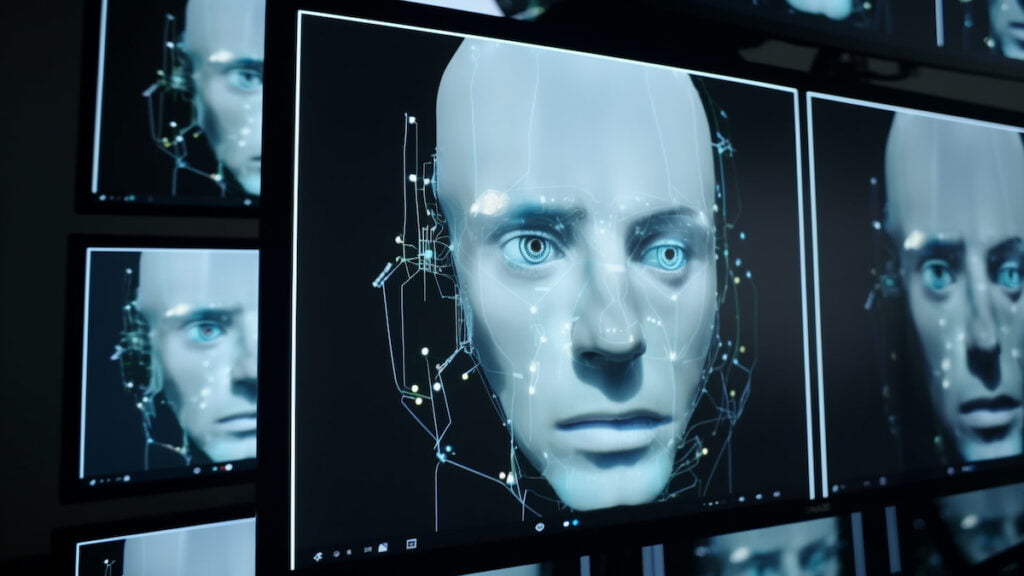Artificial Intelligence (AI) has become an integral part of modern life, influencing sectors ranging from healthcare to finance. This article aims to categorize and elucidate the different types of AI, offering insights for businesses, researchers, and consumers alike. Understanding these categories is crucial for anyone interested in the current and future landscape of AI.
Narrow AI (Weak AI)
Narrow AI, also known as Weak AI, specializes in performing specific tasks. It is the most common form of AI that people encounter on a daily basis. Applications range from natural language processing, as seen in chatbots, to image recognition technologies used in security systems. However, Narrow AI has its limitations; it operates under a limited pre-defined range or set of contexts and does not possess general intelligence or emotional understanding.
Companies like Google and Amazon employ Narrow AI in their search algorithms and recommendation systems, respectively. These systems are designed to perform specific tasks and are not capable of activities outside their programmed range.

General AI (Strong AI)
General AI, or Strong AI, is still largely theoretical and aims to perform any intellectual task that a human can do. This includes problem-solving, decision-making, and understanding emotions. Current research in this area is ongoing, and there are ethical considerations to take into account, such as the potential for job displacement and other societal impacts.
Artificial Superintelligence
Artificial Superintelligence takes the concept of General AI a step further. It refers to an AI that could outperform humans in nearly every conceivable way, from advanced scientific research to governance. While this form of AI remains hypothetical, it raises important ethical and existential questions, including concerns about safety and control.
Machine Learning as a Subset of AI
Machine Learning is a subset of AI that provides systems with the ability to learn from data. There are different types of machine learning, including supervised learning, unsupervised learning, and reinforcement learning. These technologies find applications across various industries, from healthcare diagnostics to stock market trading.
IBM’s Watson employs machine learning algorithms for data analytics and has been applied in healthcare settings for personalized medicine.

Neural Networks and Deep Learning
Neural networks are a subset of machine learning inspired by the structure of the human brain. They are crucial for tasks that involve complex pattern recognition and have applications in healthcare for diagnostic imaging and in finance for fraud detection.
Intersection with Other Technologies
AI technologies do not operate in isolation. They often intersect with other emerging technologies such as the Internet of Things (IoT), Blockchain, and Big Data analytics, creating more robust and versatile systems.
Conclusion
In summary, AI can be categorized into Narrow AI, General AI, and Artificial Superintelligence, each with its own set of applications, limitations, and ethical considerations. As AI continues to evolve, staying informed about these categories will be increasingly important.




